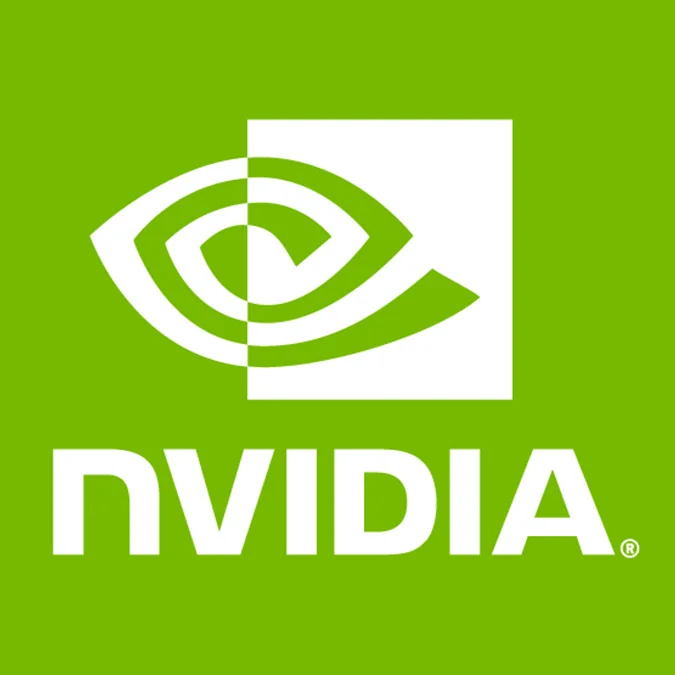NVIDIA Publishes Signed Ampere Firmware To Finally Allow Accelerated Open-Source Support

NVIDIA introduced the GeForce 30 series back in September 2020 when the first GPUs appeared. Since launch day there has been NVIDIA's official driver support via their proprietary graphics driver stack while to date the open-source support has been M.I.A.
Last year the Nouveau support for Ampere in Linux 5.11 was just for kernel mode-setting in being able to drive an attached display at the proper resolution but without any hardware acceleration. As with prior generations of NVIDIA GPUs going back to the GTX 900 "Maxwell" series, the open-source driver support has been contingent upon NVIDIA publishing signed firmware images for these GPUs. Without the cryptographically signed firmware binaries, Nouveau isn't able to initialize the hardware for 3D acceleration due to the tighter controls NVIDIA baked into the hardware.
Even with the signed firmware images, there are still complications around re-clocking the GPU to get off the rather low boot clock frequencies. Those complications around power management in the context of signed firmware images have meant the GTX 900 series and newer hasn't been able to operate with the open-source driver at its optimal clock frequencies... Thus to date the best open-source driver support remains with the GTX 700 "Kepler" and GTX 750 "Maxwell1" graphics cards that don't have these firmware restrictions.
The news today is NVIDIA publishing the signed firmware images for Ampere GPUs. The GA102 / GA103 / GA104 / GA106 / GA107 GPUs now have the signed firmware images have now been made public.
In turn this allows Nouveau (and any other open-source driver effort) to proceed in enabling 3D accelerated support for current RTX 30 "Ampere" GPUs. However, unless there is some magical breakthrough, it will still face the re-clocking limitations / power management struggles seen since the GTX 900 series. Additionally, Nouveau doesn't yet have any working Vulkan driver so the Nouveau open-source driver support remains rather bleak and of limited use with today's hardware and workloads.
As of writing I haven't seen any Nouveau Ampere patches for accelerated support published, but should be soon especially with Red Hat's Ben Skeggs having already tested this signed firmware for NVIDIA and he is the Nouveau DRM maintainer and the one generally left working on this Nouveau kernel driver support.
After a year and a half of waiting for the Ampere signed firmware to be published, we are now a few months out from the NVIDIA GeForce RTX 40 series launch when this process repeats yet again -- unless there is a real shift in open-source strategy ahead. Unless you are still relying on a GeForce GTX 600/700 series GPU, the best Linux driver support on the NVIDIA side remains with their proprietary driver if concerned about performance, Vulkan, compute, and other functionality.
108 Comments

